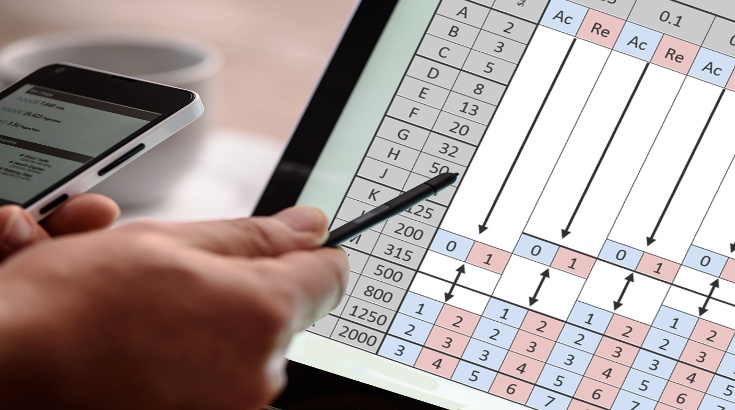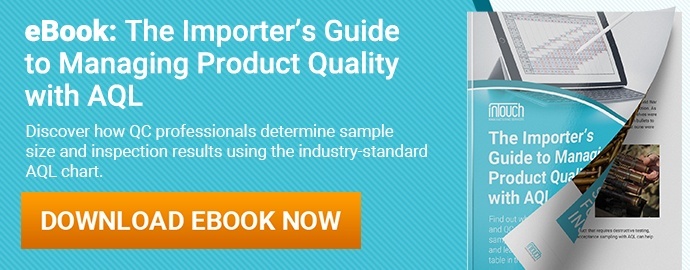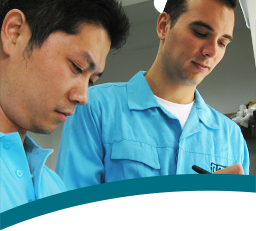If you are new to product inspection, you may hesitate how many products you need to inspect to ensure the quality: to check partially or all the goods one by one? In most of the cases, a 100% QC inspection requires a lot of time, labor, and money to perform and AQL random sampling methods are more frequently used.
What is the difference between a 100% inspection and an AQL random inspection? What method shall I choose under different situations? Let our post help you make your decision.
What Is AQL Sampling?

AQL sampling methods pull one or more random samples from your shipment and compare them to a “golden” sample that is considered to be perfect. In most cases, they will follow the ISO 2859-1 (or ANSI/ASQ Z1.4) standard.
AQL sampling methods generally fall into one of the three categories below:
- Single Sampling - Based on one random sample
- Double or Multiple Sampling - Based on two or more random samples
- Sequential Sampling - Samples are inspected one unit at a time until a conclusion is drawn.
When Should I Use AQL Sampling?
The benefit of AQL random sampling is that these methods keep expenses and work volume low. This makes it useful if there is little risk involved with defective products. In most cases, AQL sampling will suffice, especially if you are working with multiple suppliers.
What Is a 100% QC Inspection?

A 100% QC inspection is just what it sounds like: a method that inspects the ENTIRE shipment instead of a few random samples. The benefit here is that the inspection is more thorough as every last item is inspected for defects. The drawback is the expense and the amount of time/labor it requires.
When Should I Use a 100% QC Inspection?
A 100% QC inspection is not necessary in most cases. The most common scenario is when you simply do not trust your supplier to meet your quality standards. Here are some of the most likely cases when you would want to check 100% of your shipment:
- When your goods are of high value or are luxury goods.
- There is little to no trust that the supplier has effective quality controls in place
- You suspect your supplier might be swapping good batches with defective ones
100% QC inspections are usually reserved for products that have strict safety requirements and low tolerance for defects. They are usually not necessary for standard consumer-grade products.
Which QC Inspection Method Is Right For Me?
When deciding which type of QC inspection you need, it’s important to evaluate your customers’ preference and weigh the cost against the projected benefits. In most cases, you might be better off choosing one of the more efficient and cost-effect AQL sampling methods. If there are specific situations that you want to inspect every item produced, you can always require a full inspection, or conduct a Defect Sorting to identify the real percentage of defects affecting your product’s quality.







